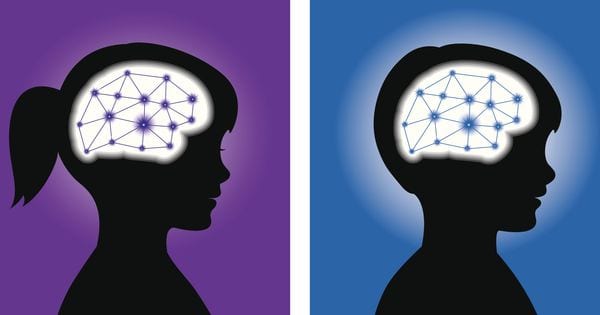The following is a summary of the research article: Sex Differences in Gray Matter Reductions May Underlie Risk of Substance Abuse in Adolescents with Bipolar Disorder
Topic:
Gray matter reductions in different areas of the brain can affect substance abuse in adolescents with bipolar disorder. Findings show that these reductions alter in location based on sex.
Purpose of the Experiment:
Use gray matter volume analysis to identify what part of the brain affects substance abuse problems in adolescents.
Method:
30 adolescents with bipolar disorder were assessed via interviews, brain scans, and a comparison of comorbidity (as it is common in patients with mental disorders). Participants were then asked about their current substance use with alcohol and any other substances (such as cannabis, cocaine, tobacco, etc.).
Limit of the Experiment:
The sample size of the experiment was very small. Although the results seem convincing, further and larger studies need to be conducted.
Results:
Gray matter reductions in different areas of the brain do affect substance abuse in adolescents with bipolar disorder, and the specific locations of these reductions affect the sexes differently. In female adolescents, reductions in brain areas related to emotional regulation, such as the orbitofrontal cortex and insula, relate to a higher risk for substance abuse. In adolescent males, reductions in brain areas related to executive processing, such as the rostral prefrontal cortex, relate to a higher risk for substance abuse.
Overall, reductions in gray matter volume does directly relate to substance abuse problems in adolescents with bipolar disorder. Where these reductions are located in the brain affects males and females differently.
What does this Mean?
This new information allows for better methods for early detection of substance abuse problems in adolescents with bipolar disorder as there are clear patterns that can distinguish this heightened risk. These results also offer the possibility of better treatment plans that are more targeted to problem areas of the brain.

